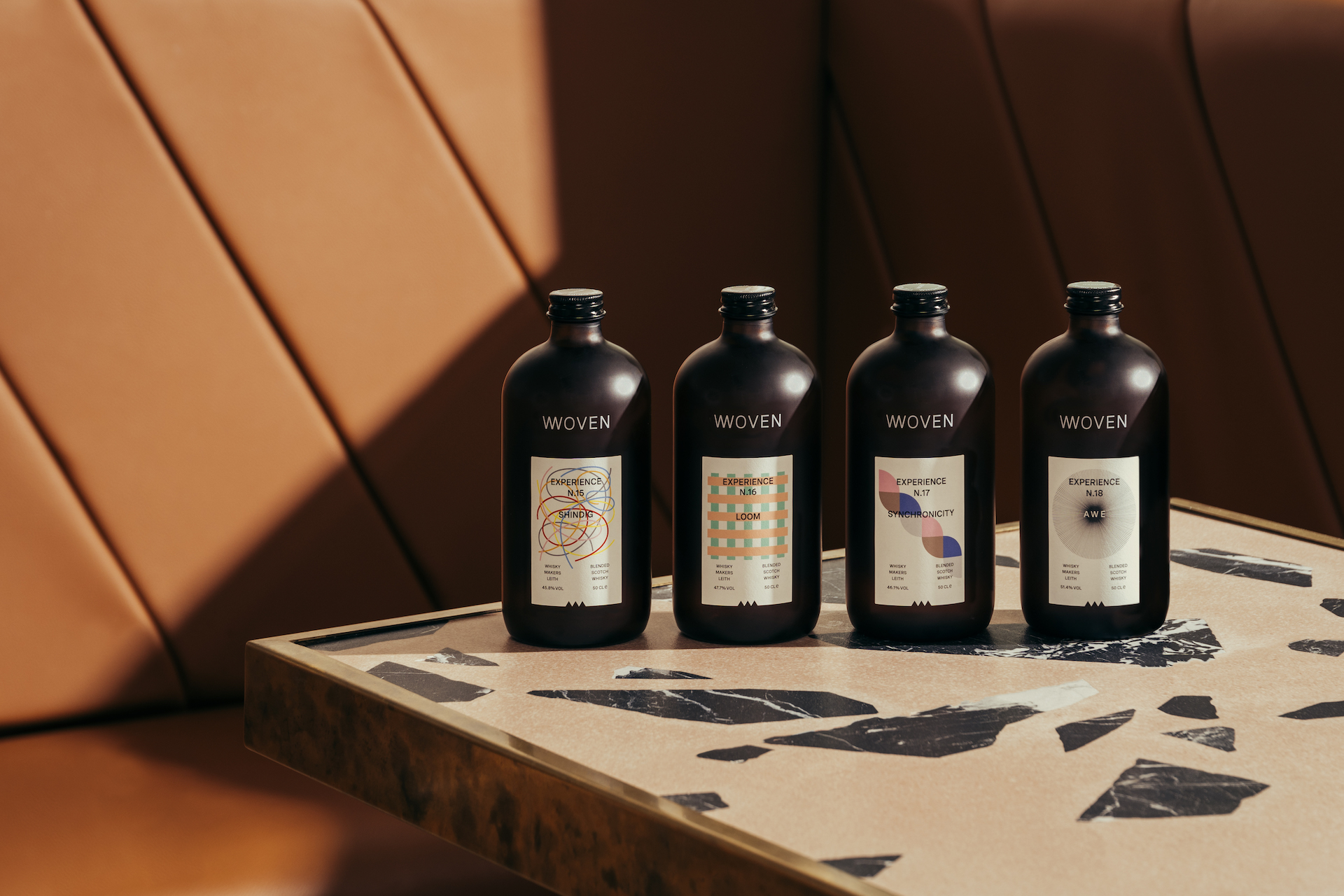
© Reuters. FILE PHOTO: A post office worker delivers mail to townhouses in Leichhardt, Sydney. August 29, 2023. REUTERS/Stella Qiu
By Stella Qiu
SYDNEY (Reuters) – Australia’s red-hot rental housing market, supercharged by record migration and a chronic supply shortage, could be reaching a breaking point for affordability as tenants grapple with rising costs of living.
Nationwide vacancies are at all-time lows and prices are up 30% over three years, forcing renters like Sydney office worker Lara Weeks into unenviable situations.
With no way to afford stratospheric inner-city prices when her landlord decided to sell the apartment she lived in for 18 years, Weeks and her cat recently downsized from a two-bedroom to a one-bedroom farther from the city centre that costs 22% more.
“I find it sad that I can’t stay in the area for similar money,” she said.
Rent is now one of the country’s biggest drivers of inflation, which at an annual rate of 5.4% in the September quarter is well above the central banks’ targeted band of 2% to 3% and could lead to further interest rate hikes as early as next week.
That in turn would push up the variable rate mortgages held by most Australian landlords who are typically private investors with one or a few properties rather than large corporations, pressuring them to lift rents further and forcing tenants to make tough decisions.
“We’re already seeing people that are in houses move to units and then the next logical step is if a unit gets too expensive, you go into a share house,” said Cameron Kusher, chief economist at PropTrack under REA Group.
NEARING THE PEAK
Many tenants, particularly in the most expensive city Sydney, have already been priced out of houses. PropTrack data showing house rents nationally were unchanged at A$550 per week, or about A$2,380 ($1,508) per month, in the September quarter.
Apartment rents nationally jumped 4% during the quarter, double the June quarter rate of increase, to an average of A$520 per week, making them almost as costly.
Prices across Australia’s entire rental stock rose 7.6% in the third quarter from a year ago, the largest increase since 2009, according to official data, and similar to gains seen in the U.S. where rental costs have also surged.
Rent inflation is expected to peak at an annual rate of 10% in the next few quarters before easing, Reserve Bank of Australia Governor Michele Bullock said at a Senate hearing on Thursday.
Real estate agents say there are initial signs of cooling in some areas.
“Compared with the beginning of the year, it’s way quieter now,” said Christian Postiglione, an agent in Sydney’s expensive eastern suburbs, which include Bondi Beach. “We would have 40 to 50 groups per inspection around January and February… the volume is very kind of low now.”
AFFORDABILITY CEILING
The increase in rents has more than made up for the fall at the start of the COVID-19 pandemic when Australia shut its borders and there was a net outflow of people.
By the year ended in June, net migration rebounded to a record 500,000 people.
The housing supply is lagging far behind as the home building industry is being squeezed by high borrowing costs, a labour shortage and elevated raw material prices.
Domain, a property website, estimates up to 70,000 new rentals are needed to balance out the market.
Nationwide, the portion of income required to service new rentals rose to a record 31.4% in the June quarter, according to an ANZ CoreLogic Housing Affordability Report released in September. For low-income households, it was 52% as of April, its most recent published data, at a time when wage rises are lagging well behind rent increases.
Tim Beattie, a 62-year-old former soldier, said he was priced out of the rental market in Western Australia and had to leave his job in community services.
He now lives with his daughter in Adelaide and is looking for a room in a shared house that will cost him no more than A$200 a week.
“There used to be a such thing as a middle class, but now that’s gone,” Beattie said.
($1 = 1.5780 Australian dollars)



